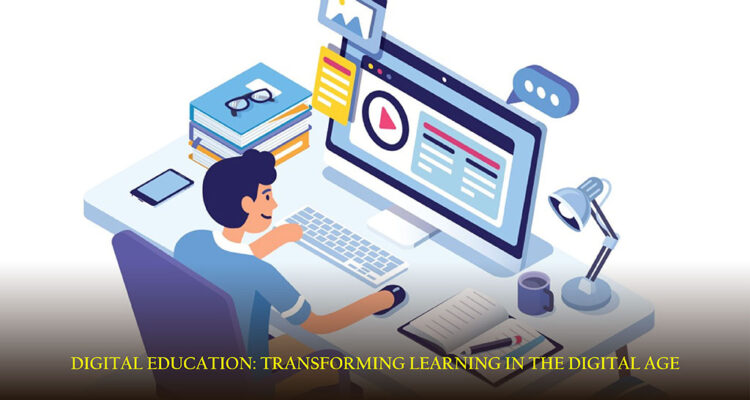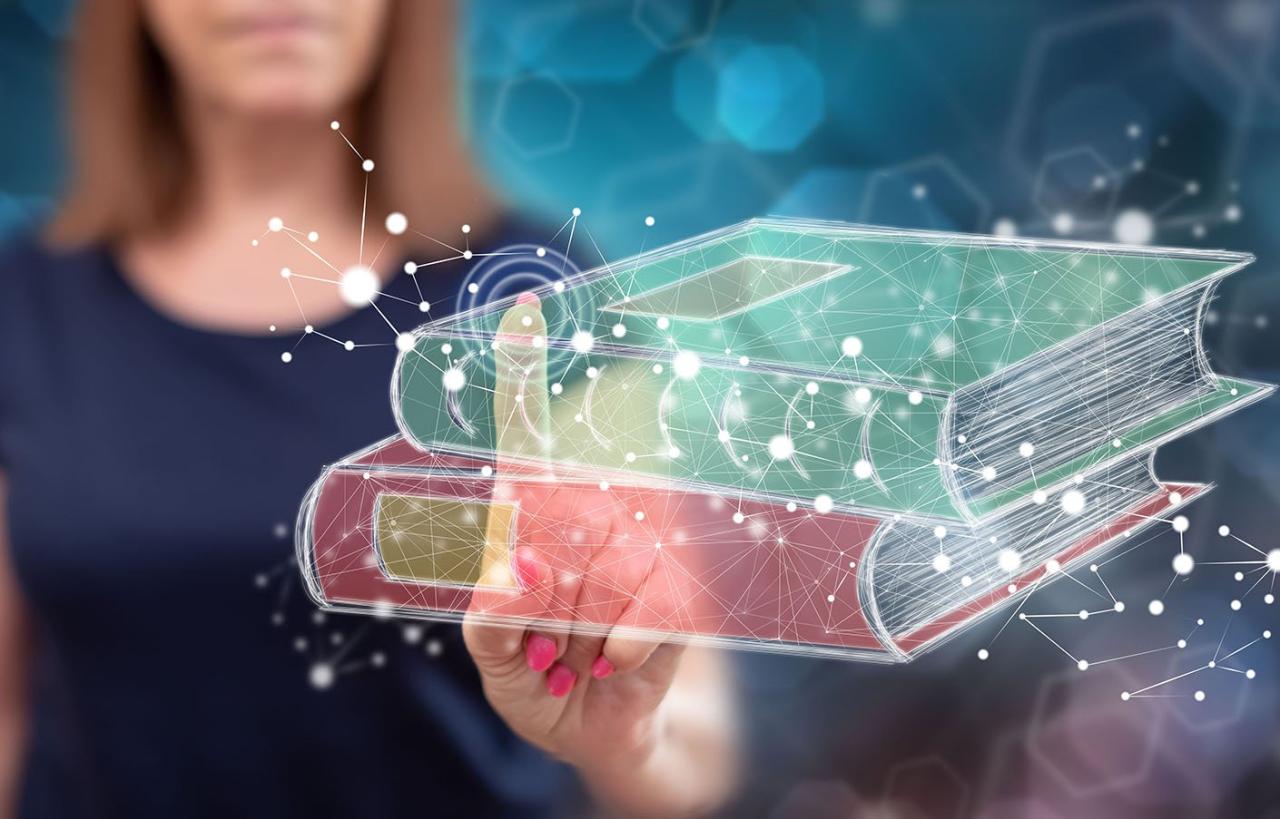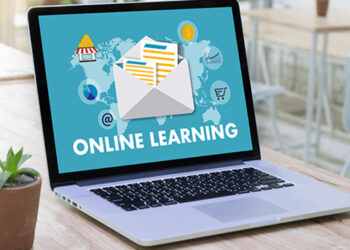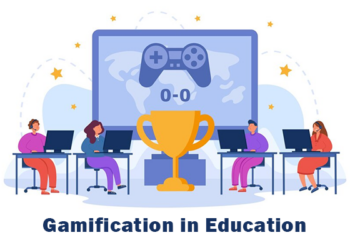The 21st century has ushered in a transformative era for education, driven by rapid technological advancements. Traditional classrooms are evolving into dynamic, tech-integrated environments, reshaping how educators teach and students learn. This digital revolution is not merely about incorporating gadgets into classrooms; it’s about fundamentally redefining educational paradigms to meet the demands of a rapidly changing world.
A. Personalized Learning Through Artificial Intelligence
Artificial Intelligence (AI) is at the forefront of educational innovation, offering personalized learning experiences tailored to individual student needs. AI algorithms analyze student performance data to identify strengths and weaknesses, enabling the creation of customized learning paths.
Adaptive Learning Platforms: Tools like DreamBox and Knewton adjust content in real-time based on student responses, ensuring optimal learning paces.
Intelligent Tutoring Systems: AI-driven tutors provide instant feedback and support, mimicking one-on-one instruction.
Predictive Analytics: Institutions utilize AI to forecast student outcomes, allowing for early interventions and support.
B. Virtual and Augmented Reality Enhancing Engagement
Virtual Reality (VR) and Augmented Reality (AR) technologies are revolutionizing the educational landscape by providing immersive learning experiences.
Virtual Field Trips: Students can explore historical sites or complex scientific phenomena without leaving the classroom.
AR in Textbooks: Interactive elements in textbooks bring static images to life, enhancing comprehension.
Simulated Laboratories: VR labs allow students to conduct experiments in a risk-free environment, fostering deeper understanding.
C. Gamification: Making Learning Interactive
Gamification incorporates game design elements into educational contexts, increasing student motivation and engagement.
Point-Based Systems: Rewarding students with points for completing tasks encourages consistent participation.
Leaderboards: Friendly competition through leaderboards fosters a sense of achievement.
Educational Games: Platforms like Kahoot! and Quizizz make learning fun and interactive.
D. Cloud Computing Facilitating Accessibility
Cloud computing has democratized access to educational resources, enabling learning anytime, anywhere.
Online Collaboration Tools: Platforms like Google Workspace and Microsoft Teams facilitate real-time collaboration among students and educators.
Resource Storage: Cloud storage allows for easy access to learning materials, reducing dependency on physical textbooks.
Scalable Infrastructure: Educational institutions can scale resources based on demand, ensuring uninterrupted learning experiences.
E. Internet of Things (IoT) Creating Smart Classrooms
The integration of IoT devices in classrooms is enhancing the learning environment through automation and real-time data collection.
Smart Boards: Interactive whiteboards facilitate dynamic teaching methods.
Environmental Sensors: Monitoring classroom conditions ensures optimal learning environments.
Student Tracking: Wearable devices track attendance and engagement, providing valuable insights for educators.
F. Big Data Analytics Informing Educational Strategies
Big Data analytics enables institutions to make data-driven decisions, improving educational outcomes.
Curriculum Development: Analysis of student performance data informs curriculum adjustments to address learning gaps.
Resource Allocation: Data insights guide efficient allocation of resources, ensuring maximum impact.
Student Retention: Predictive analytics identify at-risk students, allowing for timely interventions.
G. Blockchain Ensuring Credential Security
Blockchain technology offers a secure and transparent method for managing academic credentials.
Immutable Records: Academic achievements are securely recorded, reducing the risk of fraud.
Easy Verification: Employers and institutions can quickly verify credentials, streamlining the hiring and admissions processes.
Student Control: Individuals have greater control over their academic records, enhancing privacy and accessibility.
H. Mobile Learning Expanding Educational Reach
Mobile learning leverages smartphones and tablets to provide flexible learning opportunities.
Educational Apps: A plethora of apps offer courses, quizzes, and interactive content across various subjects.
Microlearning: Bite-sized lessons cater to the modern learner’s preference for concise, on-the-go content.
Offline Access: Many apps offer offline capabilities, ensuring learning continuity in areas with limited internet connectivity.
I. Social Media as a Learning Tool
Social media platforms are increasingly being utilized as educational tools, fostering collaboration and knowledge sharing.
Discussion Forums: Platforms like Reddit and Facebook host educational communities for peer-to-peer learning.
Live Sessions: Educators conduct live sessions on platforms like Instagram and YouTube, reaching wider audiences.
Content Sharing: Students and teachers share resources, tutorials, and insights, creating a collaborative learning environment.
J. Challenges in Digital Education
Despite the numerous advantages, digital education faces several challenges that need addressing.
Digital Divide: Unequal access to technology exacerbates educational inequalities.
Data Privacy: The collection and storage of student data raise concerns about privacy and security.
Technological Dependence: Over-reliance on technology may hinder the development of critical thinking and interpersonal skills.
K. Future Outlook: Embracing Continuous Innovation
The future of education lies in embracing continuous innovation, ensuring that technological advancements align with pedagogical goals.
Lifelong Learning: Emphasis on continuous skill development to adapt to evolving job markets.
Personalized Education: Leveraging AI and data analytics to tailor learning experiences to individual needs.
Global Collaboration: Technology facilitates cross-border educational collaborations, enriching learning experiences.














